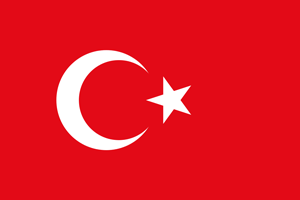Whorls of deep violet blossoms are cupped by dark bracts on the flower spikes of this mid-height herbaceous sage from Turkey. Its bright green foliage is thick, corrugated and fragrant. This plant is lovely and hardy, so it is surprising that it wasn’t introduced to commercial cultivation until 2007.
Salvia cadmica is an adaptable, heat-tolerant perennial that grows well in partial shade to full sun and blooms from late spring through early summer. It does well in USDA Zones 7 to 10, either in dry conditions or with regular watering due to its ability to tolerate drought.
In its homeland, it thrives in rocky, well-drained soil at altitudes of about 3,000 to 5,000 feet. It is endemic to Turkey, which means that is the only country where it grows wild without human intervention. There are nearly 100 species of salvia native to Turkey, of which more than 50 percent are endemic.
This colorful sage sometimes is mistaken for a neighboring plant, Salvia smyrnea and is occasionally referred to by the synonym Salvia conradii Staph .
Use it in perennial borders, along pathways and in dry gardens. Honeybees and butterflies will soon discover it and aid pollination throughout your gardens. Deer, however, will leave it alone.
Question?

